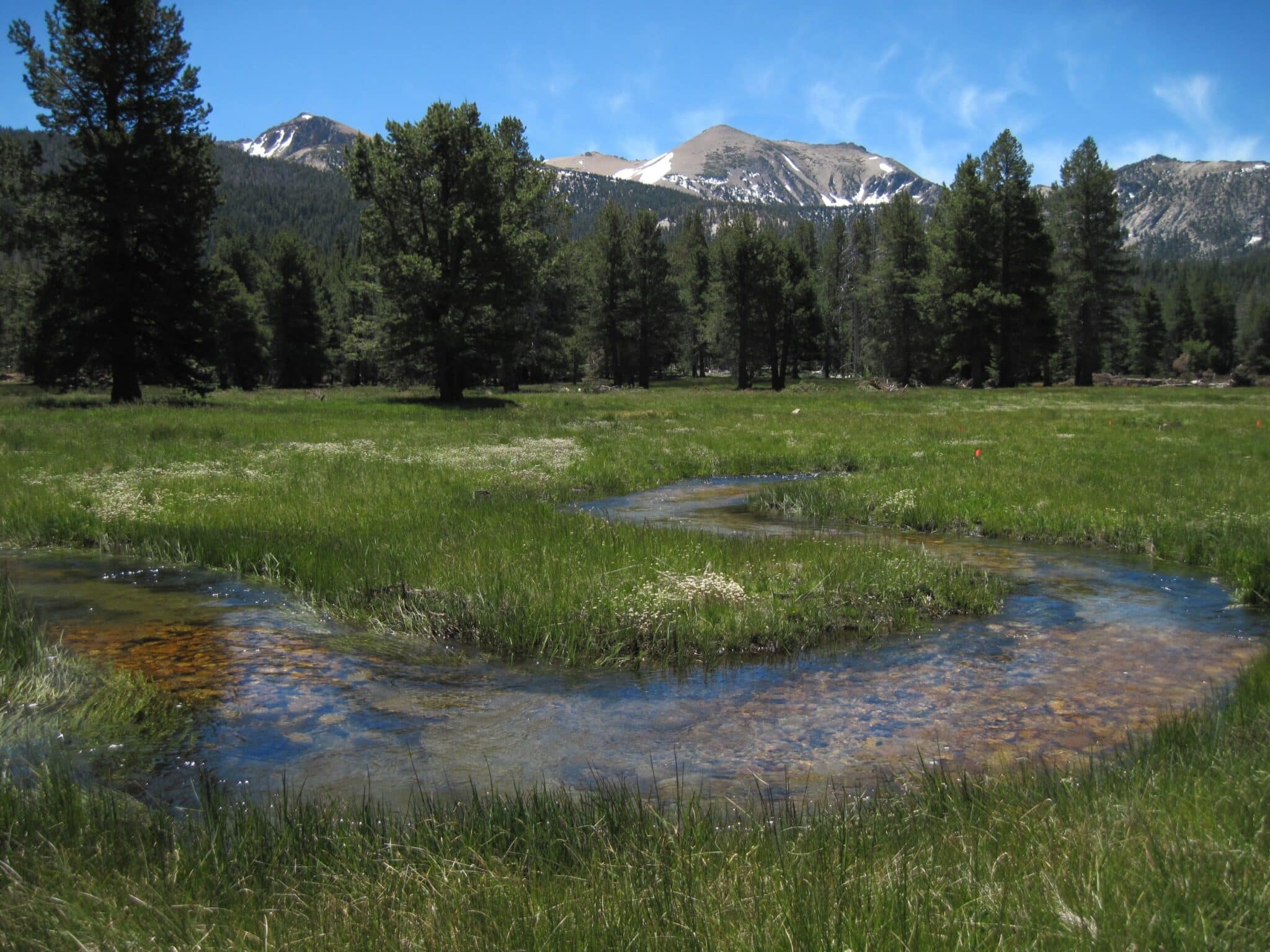Lake Tahoe Basin Updates Food Storage Requirements – Bear Proof Canisters Required
Planning on backpacking in or visiting the Lake Tahoe Basin this year? You may or may not have heard the news… Things have changed in their food storage requirements.
The bear population is on the rise, and area management is calling on visitors to do their part to ensure they don’t become a problem. So whether you’re going to be spending a few nights in Desolation Wilderness or want to spend an afternoon cliff diving at Angora Lakes, you need to keep bears in mind.
Let’s get you up to date before you head out on your big adventure. You’ll want to avoid the potential of a hefty fine. And, of course, trouble with bears.
Are bear canisters required for the Lake Tahoe Basin?
Starting on January 1, 2024, bear canisters became required for overnight visits to Desolation Wilderness and all National Forest lands in the Lake Tahoe Basin. When staying at established campsites in the Lake Tahoe Basin, guests must use the installed bear boxes or bear-proof canisters.
Failing to do so could result in being fined. Individuals in defiance of this order can be ordered to pay up to $5,000, while organizations can face a fine of up to $10,000. Prison time of up to 6 months is on the line as well.
You can read the entire statement for more information.
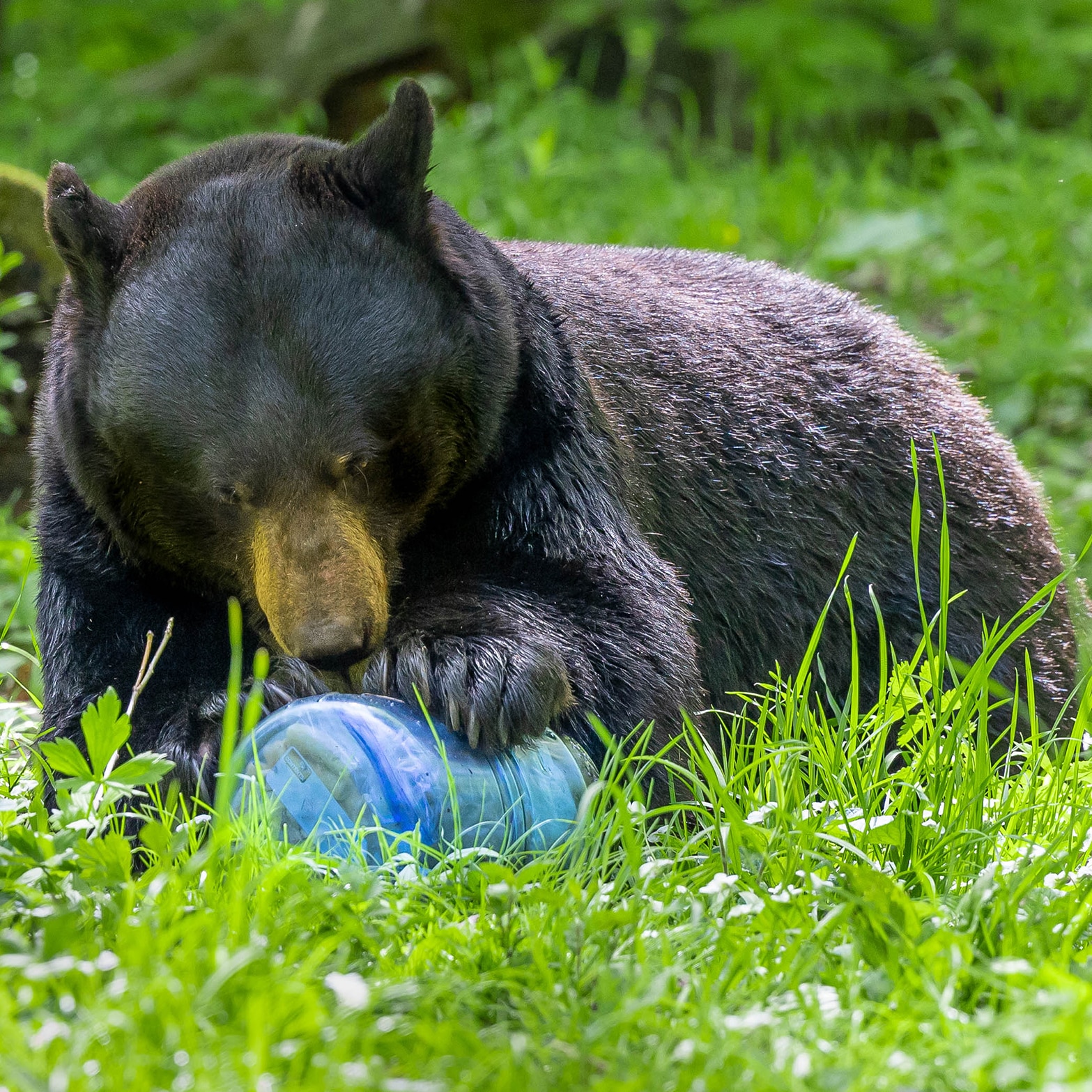
Do day hikers in the Lake Tahoe Basin need bear canisters?
Day-use visitors must stay within 100 ft of their food at all times or use bear-proof containers or installed bear boxes.
A visit to the swim beach may seem like a good time to bring a cooler, but unless it’s bear proof? You need to stash it in the bear box before you head for the water. Dropping your daypack to do some rock scrambling will probably take you farther than allowed, too, so your granola bars need to be stashed properly.
Where is the Lake Tahoe Basin?
The Lake Tahoe Basin straddles the California-Nevada line, covering more than 154,000 acres of the Sierra Nevada mountain range. It is home to an estimated 300-600 black bears, a number that has grown steadily in recent years.
Because of the increasing number of black bear sightings, the USDA Forest Service Lake Tahoe Basin Management Unit (LTBMU) has changed food storage rules for visitors. Bear-proof canisters are now required for all overnight trips in Desolation Wilderness and National Forest land surrounding Lake Tahoe.
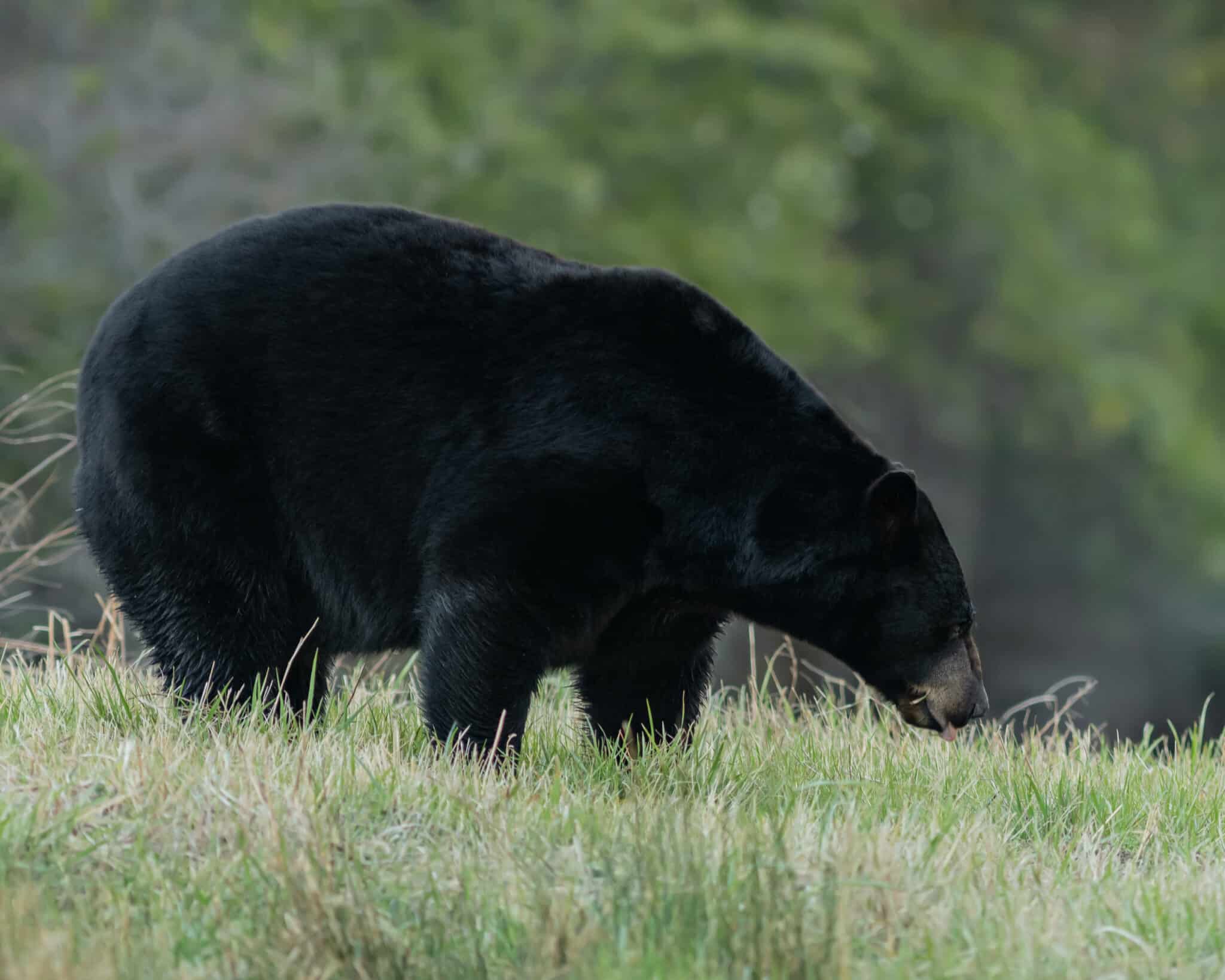
So, what’s changed in the Lake Tahoe Basin?
Prior to this order, food storage regulations in the Lake Tahoe Basin allowed for bear hangs. That is no longer the case, and overnight visitors are required to use canisters or established bear boxes instead.
Using bear hangs to protect food has fallen in popularity in recent years, and more and more parks are disallowing them in favor of canisters. Let’s discuss the reasons for that! Understanding why requirements change can make actually changing our behavior easier.
Why are bear canisters better than bear hangs?
Bear hangs are a method of storage that uses a stuff sack, rope, and anchor to suspend food above the ground in an attempt to prevent bears from accessing it.
To use a hang, the camper will stuff all their attractants (food/hygiene/trash) into a fabric sack and tie the end of a rope to it. The other end of the rope is then tossed over a branch or pole, and the sack of food is pulled up well above everyone’s heads. When it’s at the preferred height, the rope is anchored with a rock or tied to the base of a tree.
There are a few problems with this method:
Bear hangs require appropriate trees or man-made structures.
If you’re camping above the tree line, you obviously won’t have a tree to use. Even in the timber, finding the perfect branch can be challenging. Not everywhere offers hang poles, tall metal poles with hooks that have been installed at established campsites. Planning on using a bear hang can result in no protection whatsoever.
Bears have gotten wise to this method of storage.
They’re excellent climbers and have been known to inch their way out to chew through ropes, dropping bags to access their contents. Even unclimbable poles have to use a rope to hold the bag up. All it takes is for a bear to grab and pull to eventually get a pile of goodies raining down on him.
Because hangs aren’t as effective as canisters, the USDA Forest Service Lake Tahoe Basin Management Unit (LTBMU) updated the region’s food storage requirements.
Unlike hangs, canisters can be used anywhere. They don’t depend on trees or established hang poles to keep your food safe from hungry wildlife. And, unlike many bags commonly used for hanging, canisters are actually bear-proof.
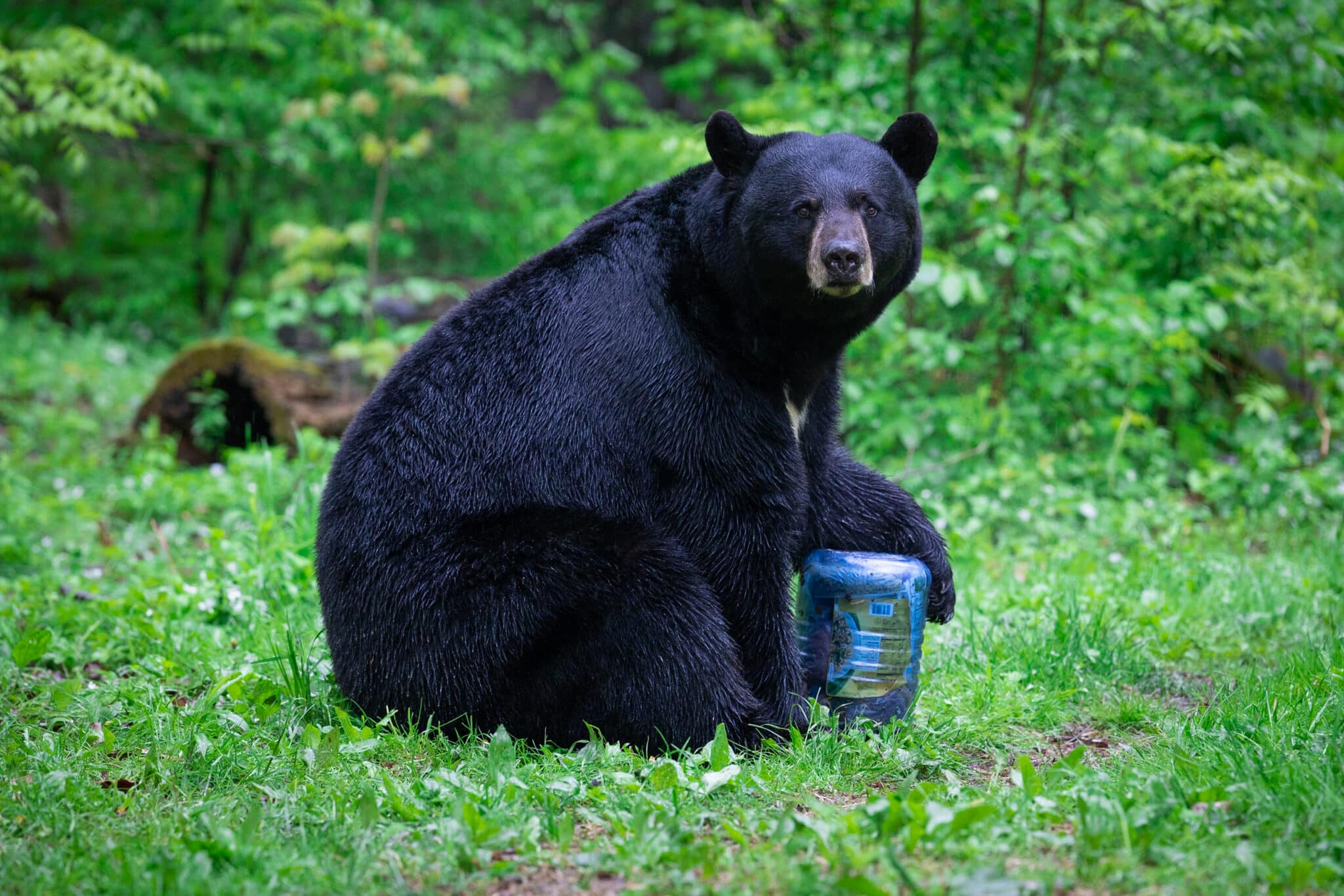
Are bear canisters really bear-proof?
BearVault canisters are tested and approved by the Interagency Grizzly Bear Committee. To pass this test, BearVaults with high-priority attractants inside were placed in an enclosure with multiple full-grown grizzlies. They had to endure the bears’ attempts to get inside without being punctured or opened.
Not all brands of bear canisters on the market have faced the same testing or carry the same certification. You can check your brand with the IGBC-approved containers list.
Although the USDA Forest Service hasn’t specified that bear-proof canisters must be IGBC-approved in the Lake Tahoe Basin, many other parks and trails have. If you plan on using your canister on multiple trips, it might be smart to go ahead and make sure to check that box.
How do you use bear-proof canisters?
To use a bear-proof container, like a BearVault, to protect your food while visiting the Lake Tahoe Basin, simply place your stash into the canister. Screw the lid clockwise until you hear two clicks. That signals that it’s locked in place.
Don’t store your BearVault in your tent. That’s a good way to invite a furry visitor to come knocking! Even empty wrappers should never sleep with you because bears have incredible noses.
When you’re done with your food for the evening, walk 70 paces away and set your BearVault somewhere flat or wedge it between rocks. Putting distance between you and your container allows hungry bears to check it out without disturbing your camp.
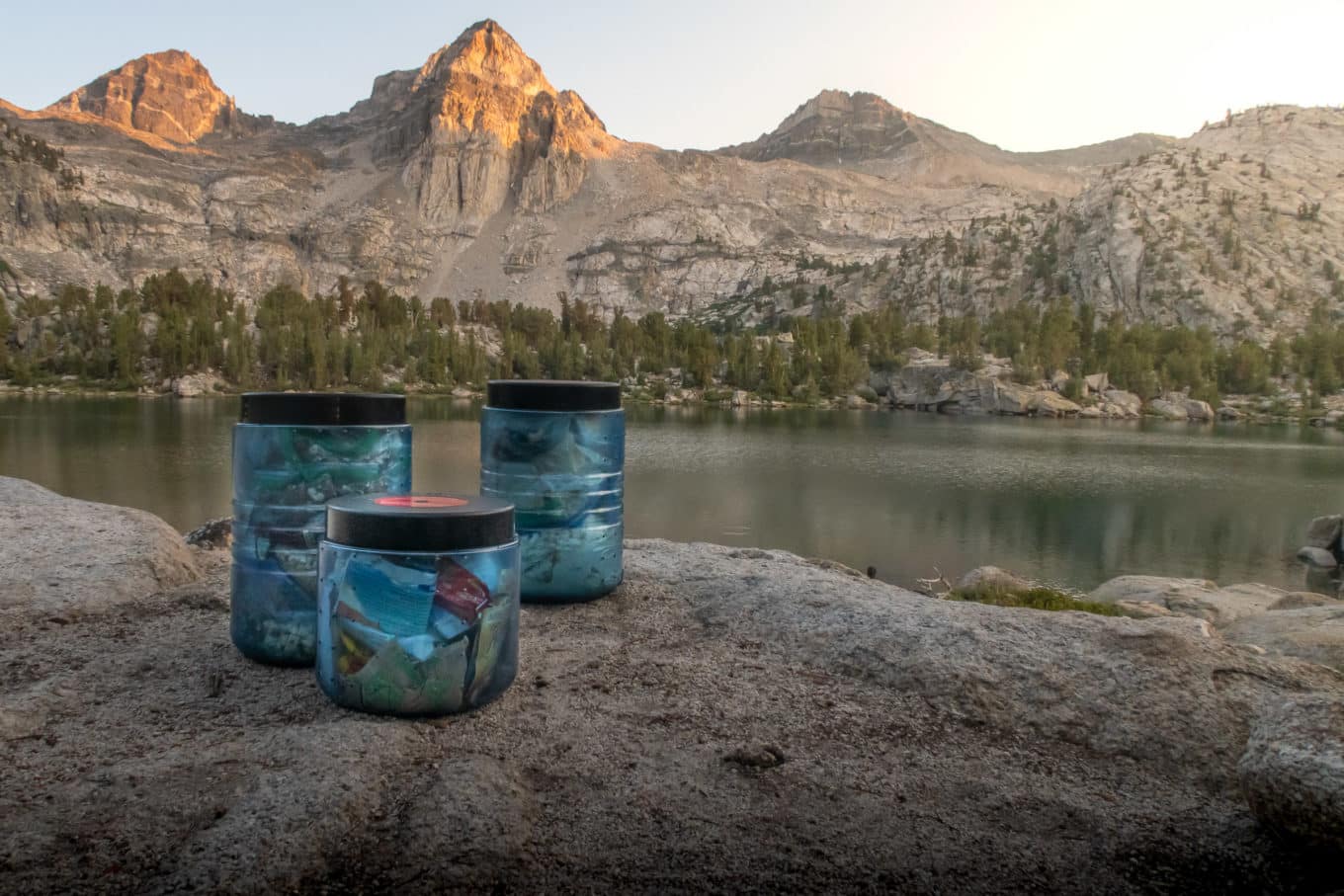
What belongs in a bear-proof container?
Using bear-proof food storage while you recreate in the Lake Tahoe Basin does more than just protect your stash. It prevents bears from associating the presence of humans with an easy meal. That’s called food habituation and can be a serious issue if not prevented with sensible storage habits.
When bears gain access to human food, they can quickly develop problem behaviors as a result. They have amazing memories and often return to the same feeding grounds year after year. If park visitors don’t work together, campgrounds, swim beaches, and hiking trails can all become treasure troves of high-calorie food.
It’s important to take the necessary steps to prevent bears from accessing your food. When it’s not stored in a bear-proof canister, make sure you have spray handy. If a bear comes into your site, you can prevent years of trouble by making sure it doesn’t get a treat for his trouble. You’ll be protecting it from the negative consequences of its actions AND future visitors from a habituated bear.
Visit Lake Tahoe for a beautiful break
The Lake Tahoe Basin is an absolutely pristine stretch of wilderness to add to your bucket list of destinations. Spend spring break hiking, explore with the family during a summer vacation, or tuck yourself away in a cabin during a snowstorm. But whatever you do, make sure you’re doing it with responsible food storage in mind. You’ll be glad you don’t have to deal with a destroyed food stash and adventurers that come after you will appreciate your efforts too.
Author Profile

Jessica Cockroft
Jess merges her passion for words and an insatiable longing for adventure as an outdoor freelance content writer and marketer. When she’s not busy stringing words together you’ll probably find her planning another camping trip for her crew of kids or taking care of the homestead. You can find her on LinkedIn and Instagram, as well as on her own website.

